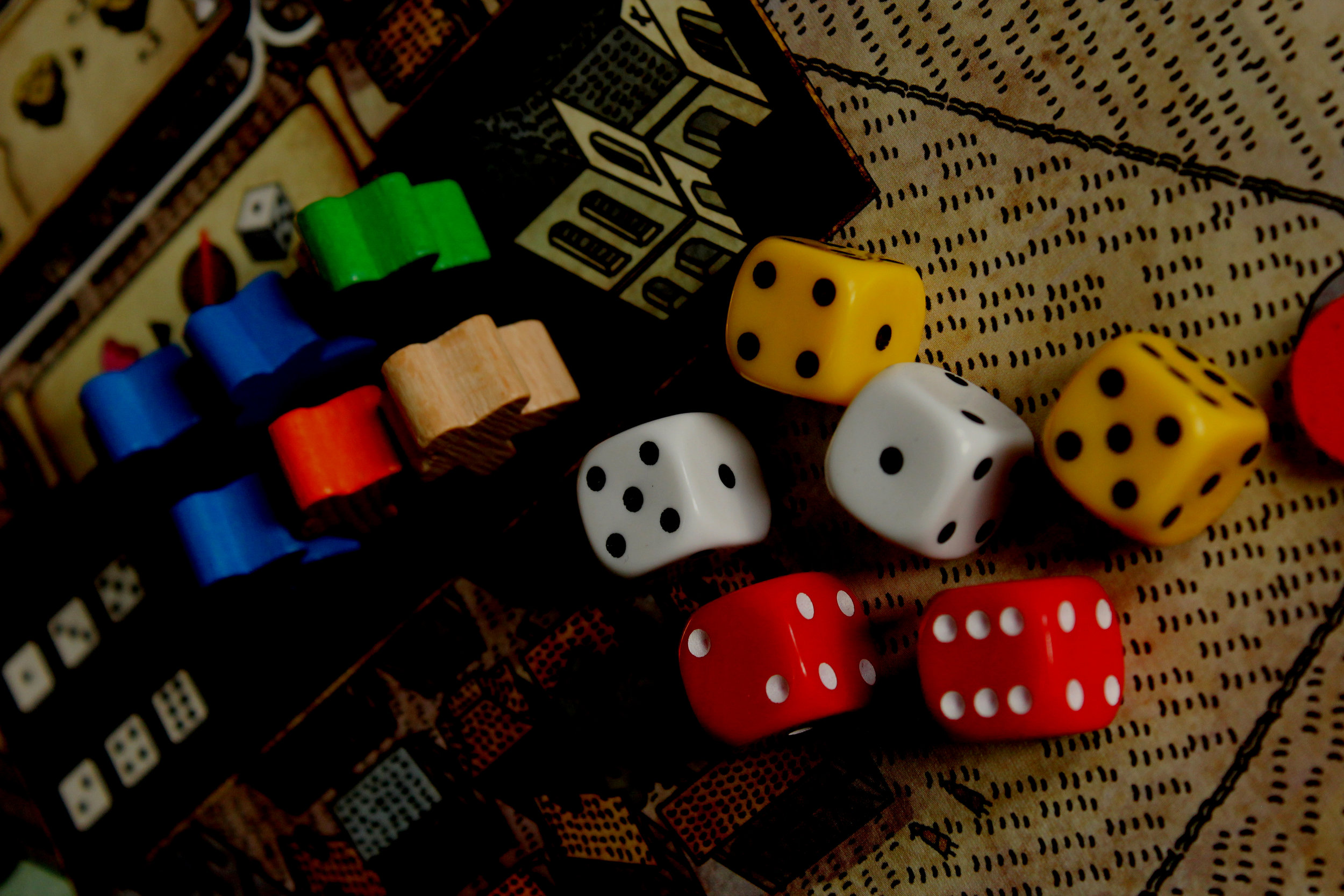
University XP
Games-Based Learning
This article explores role-playing games (RPGs), defining them as experiences where players embody characters in fictional worlds shaped by narrative, mechanics, and agency. It covers their origins in tabletop games like Dungeons & Dragons, their evolution into digital forms, and the core elements that define RPGs across platforms. The piece also highlights the psychological, social, and educational benefits of RPGs, including their use in therapy, identity exploration, and games-based learning through collaborative storytelling and character-driven gameplay.
This article will discuss two formative issues with game design: constraints and scope creep. While separate articles and books could address both topics, this article will discuss them as a singular issue as constraints in the design process can often mitigate the scope creep of game design projects.
The article examines core dynamics in game design, emphasizing their impact on player experiences. Using the Mechanics-Dynamics-Aesthetics (MDA) framework, it defines mechanics as gameplay's foundation and dynamics as behaviors emerging from interactions. Core dynamics, such as racing, collection, and exploration, unify mechanics with aesthetics to engage players and achieve goals.
This article explores the classification of games into competitive, cooperative, and hybrid types, analyzing their structures, goals, and social impacts. It discusses challenges in categorization, the history and applications of each type, and how games can enhance teaching, learning, and social-emotional development through tailored design and player engagement.
This article will explore the aspects of games as mediums for interactions. It’ll examine games as constructs for occupying a particular space and how players interact with it. Games will also be explored as pieces of art and how they influence narrative aspects such as stories. Often, the interactive elements of games are shaped by their genre and themes. This will be discussed in addition to how games are often structured as a means for social interactions. This kind of structure can serve as a means of establishing socially normative activities between and amongst players.
This article will examine how that can be achieved though diligent focus and purposeful design. It’ll first cover the structure and use of learning objectives and outcomes for instructional design and learning experiences. These will then be compared to games-based learning and the use of games as the medium for learning.
This article will address how to develop, adapt, and apply existing and new games for these purposes. It’ll first cover the overall applications of games-based learning and then cover examples on how formal game elements and different criteria can be used to meet these learning outcomes. Specific types of games, formats, and modalities will be explored as well as how their specific characteristics benefit applied games-based learning. Furthermore, specific steps for how to prepare to use and design games for learning outcomes will be discussed.
This article will define educational games. It’ll explore why we should consider using educational games for teaching and learning as well as explore the evolution of educational games over time. Specific disciplines and how they are addressed by educational games will be discussed as well as different types of educational games. Engagement and efficacy of educational games will be covered as well as how they are interpreted by players through the player experience.
One of the hardest and most difficult questions that can be asked about games is what they are and how they are defined. The answers, responses, and philosophies regarding these big questions are as diverse and varied as those who have sought to define them. Therefore, this article will attempt another take on defining games and discussing their meaning and interaction for the people that play, define, apply, and share them.
This article will explore the player journey. It’ll start by defining this term and outline reasons for its importance. The player experience is an important aspect of the player journey. Therefore, it’ll be examined in depth as it relates to individual motivations and how they affect both goals and achievements during the player journey.
This article will examine progression systems in games closely. It’ll start by defining these systems and why they are so important. Different types of progression systems will be covered as well as how common features of progression systems are present in games. The core loop, as well as goals and objectives of games are tightly connected to progression systems. Therefore, these disparate areas will be connected and related to how different examples of progression systems use them in concert with one another.
This article will define what we mean by “game state” from multiple different perspectives. It will discuss different characteristics and types of game states and the roles that they play for commercial and applied games. Game states often are tightly related to the game rules and mechanics. These two aspects will be discussed in depth in addition to other “tangible” elements of games play such as game objects, movement, and environmental states.
This article will define player engagement and relate it to its roots in understanding player motivation. Player engagement has most to do with the amount of time that players engage with the game and how their investment best relates to the player experience. That player’s experience is informed by multiple sources. They include interaction and how players augment the game; how players receive and interpret feedback, and how challenges and difficulty are scaffolded and presented to players through games and games-based learning.
We don’t often think about when we first started playing games. Or really the “first” game that we ever played. Most players are preoccupied with the game that they are playing “now” or the game that they will play next. Yet, we don’t stop to think about what we already know about games and how we’ve applied that to learning and experiencing new games.
This article will first define choice architecture as well as discuss its relationship between how choices are structured and its impact on consumers (users, learners, and players). The underlying philosophies of choice architecture will be explained as well as how they inform choice structure.
This article discusses games as liminal spaces. But prior to diving into that, it will first define “liminality” as well as provide some of the most critical characteristics of liminal spaces. Liminality will be reviewed from multiple disciplines as well as situate the term in relation to transformation and transition. Liminality can be experienced in multiple different modalities and in different places and stages. Therefore, this article will examine liminal experiences in physical spaces as well as non-physical ones.
This article will define tactics and strategy and then compare the two in both structure and application. Both tactics and strategy have a specific and special relationship with one another. This relationship often defines the philosophic considerations of what exactly goes into tactical and strategic decision making. This relationship will be explored through several different examples of tactics across different domains.
This article will explore and define the term “casual players.” In understanding casual players, we must first review and examine casual games. So, casual games will be defined along with relevant characteristics of casual games such as complexity, mechanics, and theme.
What makes the “ideal” board games player? Some say that it takes someone who fully understands the rules. Others would say that it’s more about those who pay attention to the game rather than be subjected to distractions. Some feel that it’s tactical play and strategic thinking that makes the ideal tabletop player.
This article will also cover how game goals work in concert with player agency and how designers can take advantage of player skill development while simultaneously mitigating luck and randomness. The player experience represents the defining factor for players engaging with games for learning; so, player feedback loops as well as how failure is addressed will also be considered.
This article will review these characteristics of analysis paralysis as well as how individuals make choices and the framework in which they come to those decisions. The results and solutions to those decisions will be discussed as well as how the overall speed of the process is fluid in the face of players’ motivations, frameworks, and goals.
This article will define the use and purpose of the term “strategy game” and how the term “strategy” affects and influences both game structure and the decision making framework for players. Strategy in games is addressed differently dependent on game type. Therefore, this article will address strategy in abstract games, war games, video games, simulations, idiogames, euro table top games, and team games.
This article will first define what Yomi is as well as how it influences and affects the prediction of actions of opponents and other players. The minds, motivations, and strategies of other players will be discussed as well as how it influences Yomi. Yomi in relation to strategy and how it affects expert players will be covered as well as how all players can examine and study their own actions for their own player development.
This article will address the steps necessary for adapting games for learning. It’ll cover why educators should first adapt games for games-based learning. Challenges that educators often face with adaptation will be addressed as well as how a strategy can be outlined for game adaptation.
This article outlines and describes the flow state in the player experience. It’ll also explain the most important and influential reasons for designing for flow. Flow state is comprised of a balance of goals and feedback and how both are reflected and influenced by perceptual control. So, this article will examine how these disparate elements work together to help players engage in that state.
This article covers the concept of player relevance in depth. Specifically, it defines the term “player relevance” for the context of this article. Player agency and its relationship to player relevance will be covered and discussed. The decision space and individual motivations are equally important for determining player relevance. Therefore, this article will discuss both in relationship to the player journey.
This article will review scaffolding in both an educational and games-based context. Uses of scaffolding will be discussed as well as how it affects and influences individuals’ learning and metacognition. Like many things games-based learning related; scaffolding relates highly to the learner and player experience. So time will be spent relating scaffolding to the experiences of the individuals learning and playing.
This article will define game balance for the purposes of this discussion. Game balance will be addressed as a factor in game design. Game balance strategies will also be covered from a development standpoint. Game balance also plays a critical role in defining and shaping the player experience. Therefore, game balance will be addressed as a factor that is both experienced and interpreted by players. Finally, game balance principles will be covered as it relates to the design process and its relationship to player agency and competency
This article will review why players reflect. It includes an in-depth analysis of players’ reflection in games-based learning as well as how introspection plays a role in game play. Reflection is compared to metacognition and the overall effect this has in its affect on the player experience.
Educational, serious, learning, and transformational games each serve unique purposes in game design. Educational games focus on imparting knowledge, typically used in formal settings to reinforce curriculum content. Serious games address real-world issues, often for training or policy simulation.
In the 1970s, a 4,500-year-old complete board game was discovered in a grave in Shahr-i Sokhta, Iran, making it the oldest of its kind. The game includes a board with 20 circular spaces, four dice, and 27 geometric pieces.
Self-help books often focus more on profit than practical advice, but gamification offers a proven alternative for achieving goals. By using variable reward systems, like those in casino gambling, people become highly motivated to repeat behaviors, fostering habit formation.
Gamification, the integration of game-like elements into education and training, has gained significant popularity for boosting engagement and motivation. By incorporating rewards, milestones, and challenges, gamified systems foster competition, achievement, and recognition, which in turn increases productivity and retention.
At 40, Tim Clare was diagnosed with autism, and he reflects on how his lifelong love of board games helped him navigate a world that often felt confusing. Games provided structure and a way to connect with others, filling social gaps and reducing anxiety.
"Trailblazer Heroes," a cooperative card game developed by a team at Teachers College, Columbia University, celebrates Asian American and Pacific Islander (AAPI) heritage. Guided by Professor Joey Lee, the game aims to empower young people by sharing positive examples of AAPI contributions across various fields like science, art, and politics.
Dr. Sky LaRell Anderson, a faculty member at the University of St. Thomas, emphasized the importance of accessibility in video games during the Jon Henner Memorial Accessibility in Games Speaker Series. Using a Twitch livestream, Anderson highlighted how games should be designed to be inclusive of individuals with disabilities, advocating for features like subtitles, input remapping, and adjustable difficulty.
Since its debut in 2011, Cards Against Humanity has sparked a trend in bold, typographic tabletop games, contributing to the growth of a $27 billion industry. While the success of such games has led to copycats, it also created new opportunities for game publishers to experiment.
Rebecca Preyra, overwhelmed by the feedback on her first study, was inspired to help others navigate the review process. After joining Teresa Chan's lab, they created Dear Reviewer 2, a card game designed to teach junior researchers how to respond to reviewer comments.
Board games are being explored as a tool to combat dementia, with a focus on accessibility and simplicity. In Japan, tabletop game creators are developing games that can be played by people of all ages and abilities.
A viral video created by Liu Yong, a gaming enthusiast from Shandong, uses a simulation game to explain the workings of Dujiangyan, the world’s oldest irrigation system, built in 256 BC. Liu spent two days gathering information and designing the video, which demonstrates how Dujiangyan controls water distribution using its dam-free structure.
Daniel Pearson explores the challenges within academic publishing, highlighting issues such as citation manipulation, coercive citations, and the citation black market. These practices undermine the true impact of research, as metrics based on publications overshadow meaningful outcomes.
Video games and playful approaches are increasingly being integrated into educational environments, offering unique benefits for student learning. Games foster creativity, goal-setting, communication, and collaboration while reducing the fear of failure.
ASL Aspire, a startup launched in 2022, aims to address the literacy challenges faced by the deaf and hard-of-hearing community, particularly in STEM education. The company, founded by Ayesha Kazi and Mona Jawad, focuses on developing STEM curricula with standardized American Sign Language (ASL) vocabulary for teachers to integrate into their lessons.
The New Mexico State University Cooperative Extension Service developed the "Learning Games Lab Toolkit," a free online resource launched in September 2024. The toolkit, based on two decades of experience in educational media creation and youth collaboration, provides educators with strategies for using digital games and tools effectively.
The author reflects on the deep connection with their Cuban grandmother, who immigrated to the U.S. in 1965 and never learned English. Despite language barriers, they bonded over food and the game Parcheesi. While growing up, the author spent time with their grandmother in Miami, playing the game and sharing meals, bridging their cultural gap.
In a 2021 experiment at Aalborg University, students participated in “Face-the-Waste,” a game about food waste, which sparked strong emotional reactions, including anger and insults, as food was discarded with every wrong answer. This highlighted the effectiveness of games in addressing environmental issues over dry facts.
Higher education plays a crucial role in addressing future societal challenges like climate change and an aging population. Serious gaming has emerged as a powerful method to engage students, professionals, and the public in exploring solutions to these "tomorrow problems." By using tabletop or board-game-style mechanisms, serious games facilitate learning, creative thinking, and collaboration.
Bioware's Dragon Age: The Veilguard was meant to be a redemption for the studio but sparked controversy after being targeted by a vocal anti-diversity group, reminiscent of the Gamergate movement. This "Gamergate 2.0" backlash, criticizing diversity in games, continues to influence the gaming industry.
Seyahat: A Journey to Mecca," a free-to-play 2D RPG created by Central Connecticut State University history professor Tyler Kynn, is now available on the Steam platform. The game serves as an educational tool, allowing players to explore the cultural history of the 17th-century Ottoman Empire and Islamic world.
The article discusses how game design at the AAA level has shifted, focusing more on analytics and creating the "perfect game" through numbers, rather than emphasizing the intangible "feel" of a game. It argues that game design isn't just about mechanics and metrics but about creating memorable experiences that resonate emotionally with players.
The article discusses the effectiveness of serious games in raising awareness about food waste and environmental issues. One example is "Face-the-Waste," where players answer food waste-related questions, with wrong answers resulting in food disappearing down a conveyor belt. This game provoked strong emotional reactions, highlighting the power of games to engage players beyond statistics.
Ayla Schwarz, an assistant professor in Digital Health, is exploring how gamification can encourage neighbourhood residents, particularly children, to exercise. Her research involves creating engaging, scientifically informed games that combine the digital and physical worlds.
GeneBlocks, a board game developed by Malaysian researchers, uses gamification to make complex genetic concepts more engaging and accessible for students. The game transforms difficult topics like DNA replication and genetic inheritance into interactive, memorable experiences.
Gamification is reshaping how people engage with tasks, including financial markets. During the COVID-19 pandemic, businesses embraced gamified features like instant rewards and vibrant visuals to attract and retain customers, including in trading platforms.
The author reflects on how children effortlessly master video games, despite their complexity, highlighting their persistence, mental agility, and problem-solving skills. This observation connects to the achievement gap in education, especially in math.
On November 19, 2024, UNICEF launched the RITEC Design Toolbox, a set of free resources for the gaming industry to create digital play experiences promoting children's well-being. This initiative follows UNICEF’s research, showing that well-designed video games can positively impact children.
Gamification is becoming a powerful tool for marketers in the attention economy, helping brands engage consumers by tapping into their desire for agency, enjoyment, and reward. Traditional advertising struggles to capture attention, but gamification encourages active participation and builds deeper connections.
4elements, a Montreal-based multimedia design studio founded in 2016, specializes in creating immersive, interactive experiences by blending technology, storytelling, and physical engagement. The studio focuses on gamified environments, allowing visitors to actively participate rather than passively observe.
The 2024 Manchester Science Festival featured a series of interactive events, including video games developed by the NOVARS Research Centre at The University of Manchester. These games focused on sustainability issues, such as fast fashion, mangrove tree restoration, and renewable energy.
In this episode of AP Table Talk, Brian and Dave dive deep into the timeless “rock-paper-scissors” (RPS) game mechanic. They explore its origins, its non-transitive nature, and how it shows up in everything from Magic: The Gathering to StarCraft and Skull King. From nostalgic toys like Battle Beasts to modern strategy in X-Wing Miniatures, the duo reflects on how RPS mechanics fuel tension, balance, and bluffing. Wrapping things up with a spirited pro/con debate, they explore whether RPS is genius design or just a flashy mini-game. Bonus round? Think predator-prey games and wasabi metaphors. Game on!
In this episode of Experience Points, Dave Eng welcomes game designer, artist, and educator Randy O’Connor to explore the crucial role of constraints in game design and learning. From limited resources to time pressure, constraints shape player experiences and enhance engagement. Randy shares insights on how friction creates meaningful challenges, how platform limitations influence design choices, and why designing for “not doing” can be just as impactful as action. Through examples like This War of Mine, Frostpunk, and Hades, they discuss how well-crafted restrictions foster creativity, strategy, and deeper learning.
In this episode of Experience Points, Dr. Janna Kellinger shares her journey from using one-shot games in high school English classes to designing fully game-based courses at UMass Boston. She discusses her book Up Your Teaching Game and how educators can design story-driven curricular games. Janna explains how she transforms Learning Management Systems (LMS) into game engines, embedding narratives and feedback loops to drive engagement. She highlights her Coding for Non-Coders course, where students learn to code to stop tech thieves. Tune in to discover how game mechanics can revolutionize online learning and student motivation.
In this episode of Experience Points, host Dave Eng interviews interactive artist and game designer Elena Rabkina on the power of gamification in media literacy. Elena shares her journey from intellectual gaming in Belarus to designing impactful games like Media Mayhem, which teaches players how news is created, manipulated, and consumed. She discusses how game-based education fosters critical thinking, especially in an era of misinformation and AI-generated content. Elena envisions media literacy as an essential skill and emphasizes the role of games in shaping informed, discerning citizens.
In this special End Game Mega Episode of AP Table Talk, hosts Brian and Dave Eng break down six key mechanics that define how board games conclude. They explore Elapsed Real-Time Ending, where a timer dictates the game's duration; Sudden Death Ending, where a triggering event abruptly ends play; and Finale Ending, where a mini game determines the winner. They also cover End Game Bonuses, where players earn additional points based on specific conditions, Hidden Victory Points, where scores remain secret until the end, and Highest-Lowest Scoring, where a player’s lowest category determines their final score.
In this episode, we’ll explore the practical applications of GBL, key design principles, and strategies for motivating learners. Now, let’s explore the potential of games to create dynamic, outcome-focused learning experiences.
In this episode of Experience Points, host Dave Eng interviews Dr. Ryan Schaaf, an award-winning professor and author, about the transformative role of digital games-based learning in education. Dr. Schaaf shares his journey as a gamer and educator, highlighting how games foster skills like problem-solving, collaboration, and critical thinking. He explores the unique needs of the "always-on generation" and discusses barriers to adoption, such as funding, training, and data privacy. Offering actionable advice, Dr. Schaaf suggests educators start small by integrating vetted games into lessons. He also teases an upcoming resource to support educators in adopting game-based learning.
In this episode, we’re unpacking the concept of educational games. What are they? How do they differ from other types of games? And how can they be leveraged effectively in games-based learning?
In this episode of AP Table Talk, hosts Brian Eng and Dave Eng explore the versatile world of Multi-Use Cards in board games. They dive into defining the mechanic, discussing how it forces players to make meaningful trade-offs by using cards for one of several possible actions. Highlighting games like Risk: Star Wars Edition, Dune: Imperium, and Bohnanza, they unpack how Multi-Use Cards create strategic depth, add replayability, and integrate into various game themes. Whether you're new to this mechanic or a seasoned gamer, this episode offers valuable insights and plenty of game recommendations!
In this episode of Experience Points by University XP, host Dave Eng welcomes gamification expert Rob Alvarez to discuss gamification and games-based solutions. Rob, known as Professor Game, shares his journey into gamification, emphasizing the importance of meaningful learning experiences tailored to specific audiences. They discuss key principles for creating engaging learning experiences and strategies for overcoming challenges like scope creep and mindset barriers. Rob also introduces his free gamification course and resources available on www.professorgame.com. The episode encourages listeners to explore gamification's potential in education and beyond.
In this episode we’ll explore a fundamental yet complex question. What exactly is a game? From the nostalgic first games we played as kids to the immersive experiences we dive into today, games have always been a source of joy, challenge, and connection. But defining what a game truly is? That’s a whole different challenge.
In this episode of Experience Points, Dr. Christopher Stuart, Assistant Professor of Communication Studies at UNC Wilmington, delves into the transformative role of tabletop role-playing games (TTRPGs) in education and facilitation. Christopher shares insights from his research on game dynamics, player engagement, and the collaborative art of facilitation. He discusses how TTRPGs foster systems thinking, play, and failure as essential learning tools. Reflecting on his academic journey, Christopher explores how gaming language and frameworks can create inclusive, engaging classroom experiences. He also highlights the impact of design, accessibility, and playful pedagogy on student engagement.
In this episode of Experience Points, host Dave Eng interviews Dr. Scott Nicholson, professor and director of the Game Design and Development Program at Wilfrid Laurier University. Dr. Nicholson discusses EscapeIF, a system designed for low-resource classrooms to integrate storytelling and interactive fiction into education. He explains how EscapeIF emphasizes engaging narratives and problem-solving without relying on expensive resources, using tools like chalkboards and found objects. The episode explores the challenges of adapting educational games for diverse settings and highlights the importance of reflection in learning. Resources, including free games and guides, are available at EscapeIF.com.
In this episode of Experience Points by University XP, host Dave Eng speaks with Thorsten Kodalle, head of Innovation Laboratory at the Bundeswehr Command and Staff College and an expert in Strategic Wargaming, Gamification, and Serious Games. Thorsten shares insights into integrating Gamification into Strategic Thinking, using board games like Scythe as teaching tools in seminars. He emphasizes the importance of considering DIME (Diplomacy, Information, Military, Economics) in strategic wargaming, and discusses how cultural factors influence military strategy. Thorsten also delves into serious game design, balancing entertainment with educational goals, and shares examples like the cyber card game adapted for crisis management training. The episode highlights the necessity of understanding the purpose of games and aligning game mechanics with educational objectives. Thorsten shares resources for further exploration, emphasizing LinkedIn and his YouTube channel.
In this episode of AP Table Talk, Brian and Dave Eng discuss the concept of the follow mechanic in board games. They begin by relating the concept to platformer games and how follow mechanics let players perform or adjust actions chosen by others. They review games like Tiny Towns and Puerto Rico, recalling their experiences with these games. They also cover Tiny Epic Galaxies and Glass Road, highlighting how follow mechanics affect gameplay and strategy. They both debate the balance and fairness of follow mechanics, examining their impact on game length and player experience, and consider whether making them mandatory or optional is more effective.
In this episode of Experience Points by University XP, host Dave Eng interviews Christopher Carbone, an accomplished career services leader and co-founder of Board Game Academics. They discuss the intersection of academia and tabletop gaming, emphasizing experiential learning and personal development. Carbone shares insights on career development, the mission of Board Game Academics, and memorable experiences from his Board Gamers Anonymous podcast. He highlights the transformative power of tabletop games in education, mental health, and social contexts. The episode concludes with a discussion on the future of Board Game Academics and its contributions to scholarly research and societal understanding of gaming.
In today’s episode, we’re diving into the concept of the player journey. We’ll start by defining what the player journey is and why it matters. The player experience is a key part of this journey, so we’ll explore how individual motivations shape goals and achievements throughout the game.
In this episode of AP Table Talk, Brian and Dave Eng discuss the concept of deck, bag, and pool building in board games. They explain that deck building specifically involves players starting with a basic deck of cards, which they enhance throughout the game to achieve specific goals. The episode highlights "Dominion" as a pioneering deck-building game and mentions other notable games such as "Clank! In! Space!" and "Friday." The hosts also share their favorite deck-building games, including "Dune: Imperium" and "The Quacks of Quedlinburg." They conclude by debating the classification of various games and their mechanics, emphasizing the strategic decisions in deck building.
In this episode of Experience Points, Dave Eng chats with Travis Windleharth from foundry10 about games-based learning. Travis, with a background in science education, museology, and information science, focuses on how games shape youth's understanding of STEM concepts. Foundry10, co-founded by Gabe Newell, is explored, emphasizing its pillars—programs, philanthropy, and research—and their role in expanding learning perspectives. Travis discusses his role in the STEM design-based research lab, aligning with interest area teams. The episode concludes with insights into Foundry10's collaborative approach to research and program design.
One of the most becoming aspects of games is our ability to interact, change, and progress with them. We can progress as individual players; progress against opponents; and progress against the game itself. The formal elements of games in concert with game designers make up these different “progression systems” in games. But what are progression systems? How are they used?
In this episode of "Experience Points" by University XP, host Dave Eng interviews Dr. Michele Haiken, an experienced literacy educator, and middle school English teacher, discusses her journey into gamification for teaching literacy. She shares how an educational conference sparked her interest and how students, especially gamers, played a crucial role in implementing it in her classroom, emphasizing student buy-in, motivation, and creativity. The conversation explores aspects like student agency, competition, and cooperation within gamification, along with insights from Michele's book, "Gamify Literacy." A case study from her dystopian unit is provided, highlighting literacy skill development and empowerment. The discussion also addresses the balance between traditional and innovative teaching methods in both middle school and higher education. Michele teaches various classes, including English methods, literacy development, and middle school literacy, and her blog, "The Teaching Factor," shares insights and resources.
In this episode of AP Table Talk, the hosts Brian and Dave Eng explore the “mega topic” of hidden information in games. They explore hidden role games and games with hidden information, discussing examples like Battlestar Galactica and Scotland Yard. They touch on games such as Inside Job, Werewords, Dune, and HeroQuest, exploring their unique gameplay elements and how hidden information impacts strategies. They talk about the challenges of teaching these games to new players and the importance of understanding game states for effective gameplay. They share their experiences with different games, emphasizing replayability and excitement. The episode also covers communication-limited games like Codenames and Just One, highlighting how such mechanics enhance the social aspect of gaming. They also discuss traitor games and the psychological intrigue they add to gameplay. Overall, the episode provides insights into the appeal, challenges, and evolving nature of games with hidden information in modern tabletop gaming.
In this episode of "Experience Points" by University XP, host Dave Eng interviews Sarah Le-Fevre, a games-based learning professional with expertise in addressing complex organizational challenges and fostering ethical innovation. Le-Fevre uses tools like Lego Serious Play to create immersive learning experiences. The discussion covers Le-Fevre's background in games and learning, her journey into games-based learning, and her experiences addressing systemic challenges within organizations. The conversation also touches on the diversity of Le-Fevre's projects, including keepsake games for organizational wellness and fungi-themed organizational culture games. Furthermore, Le-Fevre provides insights into her upcoming book, which explores a playful systems practice approach to impactful learning. The book challenges traditional learning design methodologies and emphasizes the need to consider the broader system when implementing organizational change.
On today’s episode, we’ll answer the question: What is the Game State? Determining the “game state” is often one of the questions that designers and developers will ask themselves when determining how to take a design or iterate on the development of a game. The game’s state is important to understand from a design perspective. But what role does understanding the “game state” play for educators, instructors, and trainers using games-based learning?
In this episode of Experience Points by University XP, host Dave Eng chats with Zack Hartzman, a licensed secondary school teacher from New York City and the creator of Hey Listen Games. Zack shares his journey of integrating video games into the classroom and discusses the motivation behind Hey Listen Games. They explore the evolution of game-based learning, emphasizing the need to diversify educational mediums for student engagement. Zack highlights key principles from his book, "Teaching with Video Games: A Strategy Guide," focusing on the potential of video games to teach problem-solving, mechanics, and foster relationships beyond traditional boundaries. The conversation also covers Zack's involvement in the Game Awards Future Class, an initiative diversifying the gaming industry.
In this episode of AP Table Talk, the hosts Brian and Dave Eng explore the enduring appeal of trick-taking and ladder climbing games. They reminisce about classic games like Hearts and Euchre, delving into lesser-known variants such as Nine Five Two, where players aim for different trick objectives. The conversation touches on modern games like SCOUT and Haggis, highlighting their strategic nuances. They discuss the diversity in ladder climbing games, focusing on favorites like Tiger & Dragon and Sail, and how these games adapt to various player counts. They share insights into their preferred contemporary trick-taking games and ponder potential variations within the ladder climbing mechanic. The episode concludes with reflections on the evolving dynamics and meta plays in trick-taking games, making them timeless favorites.
On today’s episode, we’ll answer the question: What is Player Engagement? Games require that players interact with them. They require individuals to contribute; to change; and to augment the game according to their own will and agency. This encompasses player engagement and how they come to interact with games as well as what keeps them coming back to play.
In this episode of "Experience Points" by University XP, host Dave Eng interviews Jenny Varrichio, an associate director of training at United Healthcare with expertise in instructional design, particularly gamification for adult learners. Jenny shares her 15 years of experience, focusing on integrating gamified elements into corporate environments. The conversation covers her diverse design experiences, her doctoral research on formative game-based activities for workplace learning, and the launch of her consultancy, "Learning Mechanic." The episode concludes with Dave Eng announcing the upcoming launch of Learning Mechanic and encouraging listeners to explore a free course on gamification.
On today’s episode, we’ll answer the question: What is Game Literacy? We don’t often think about when we first started playing games. Or really the “first” game that we ever played. Most players are preoccupied with the game that they are playing “now” or the game that they will play next. Yet, we don’t stop to think about what we already know about games and how we’ve applied that to learning and experiencing new games.
In this podcast episode, host Dave Eng interviews Dan White, founder of Filament Games, discussing the intersection of education and gaming. Dan's journey from teaching to game development is explored, emphasizing the challenges of creating engaging learning experiences. The concept of "pleasing frustration" is covered, where games strike a balance between challenge and support to maintain learner engagement. The conversation delves into game mechanics and their role in learning, citing examples like the game "RoboCo." The alignment of games with educational standards and the promotion of problem-solving skills are also discussed. The episode concludes with insights into Filament Games' philosophy on innovation and continuous improvement.

What is “Gamification?”









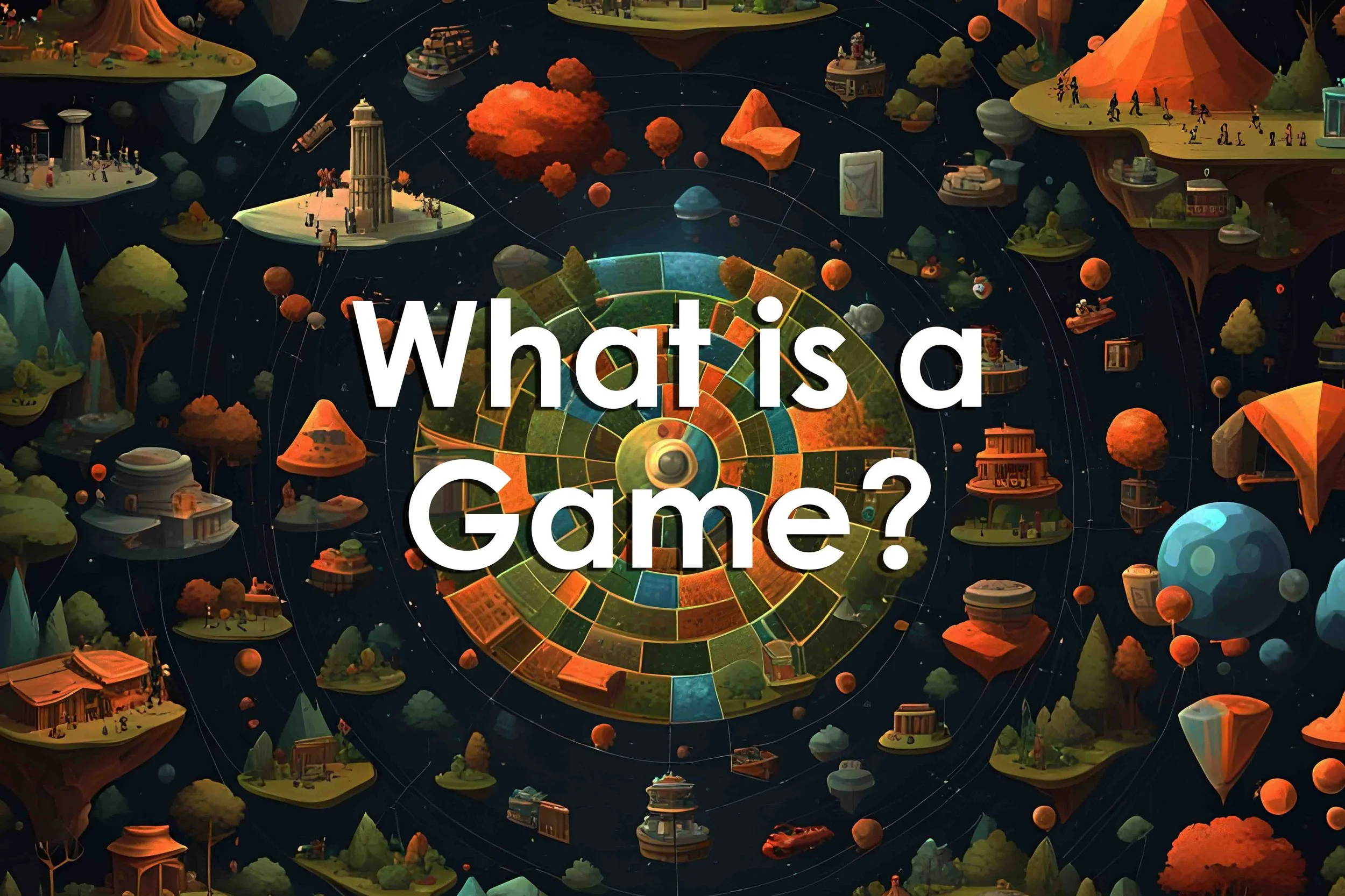

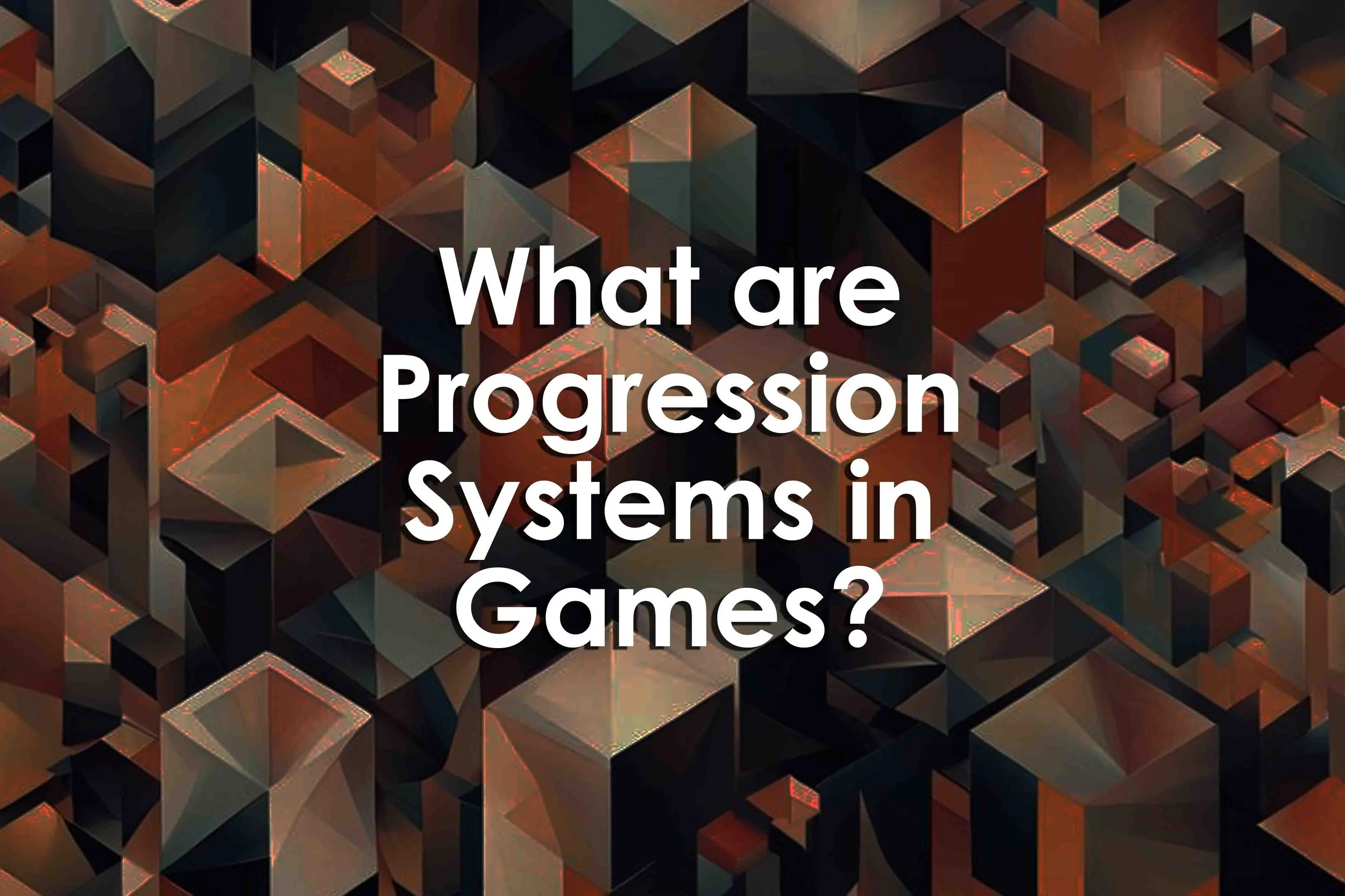








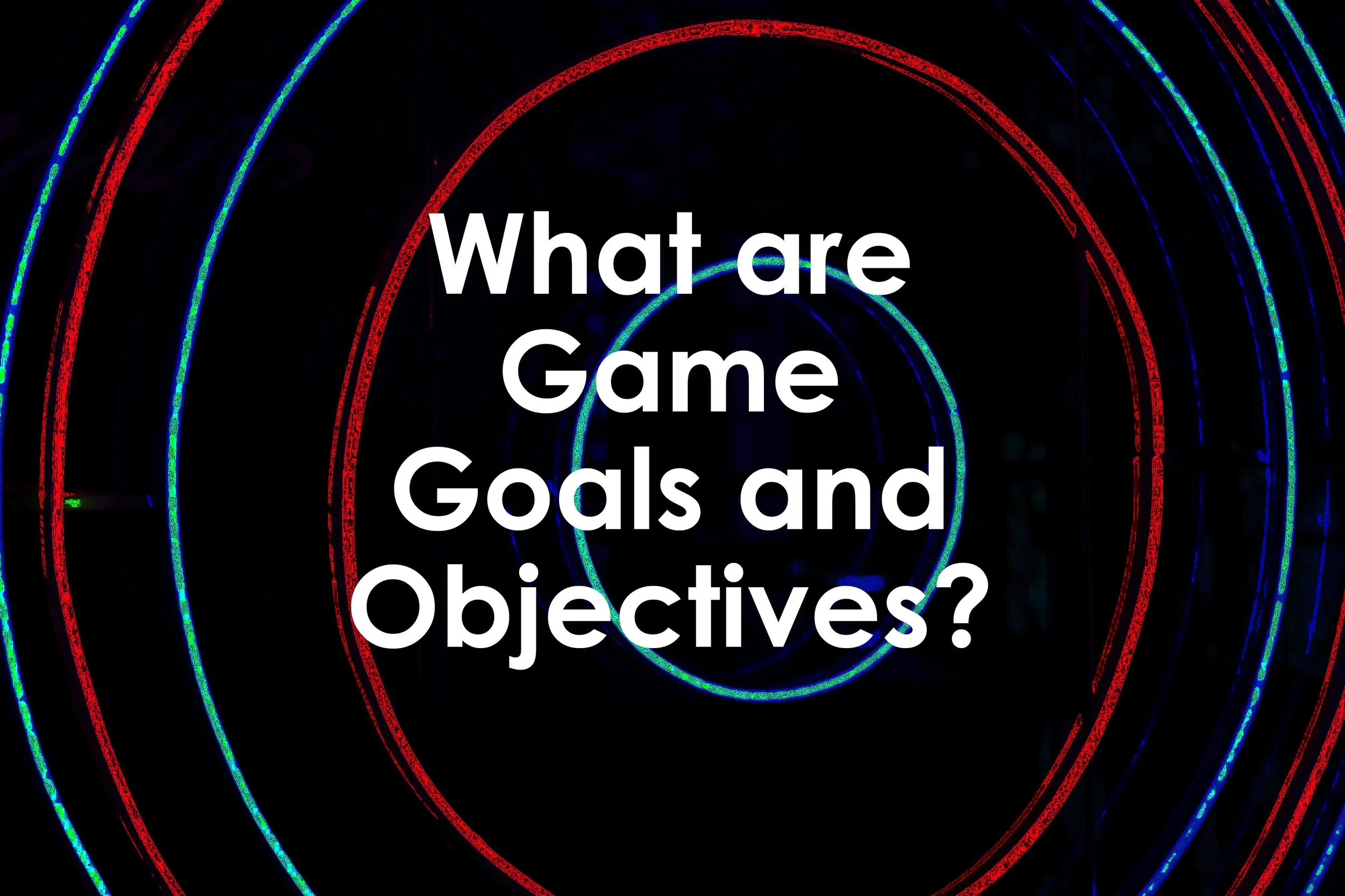
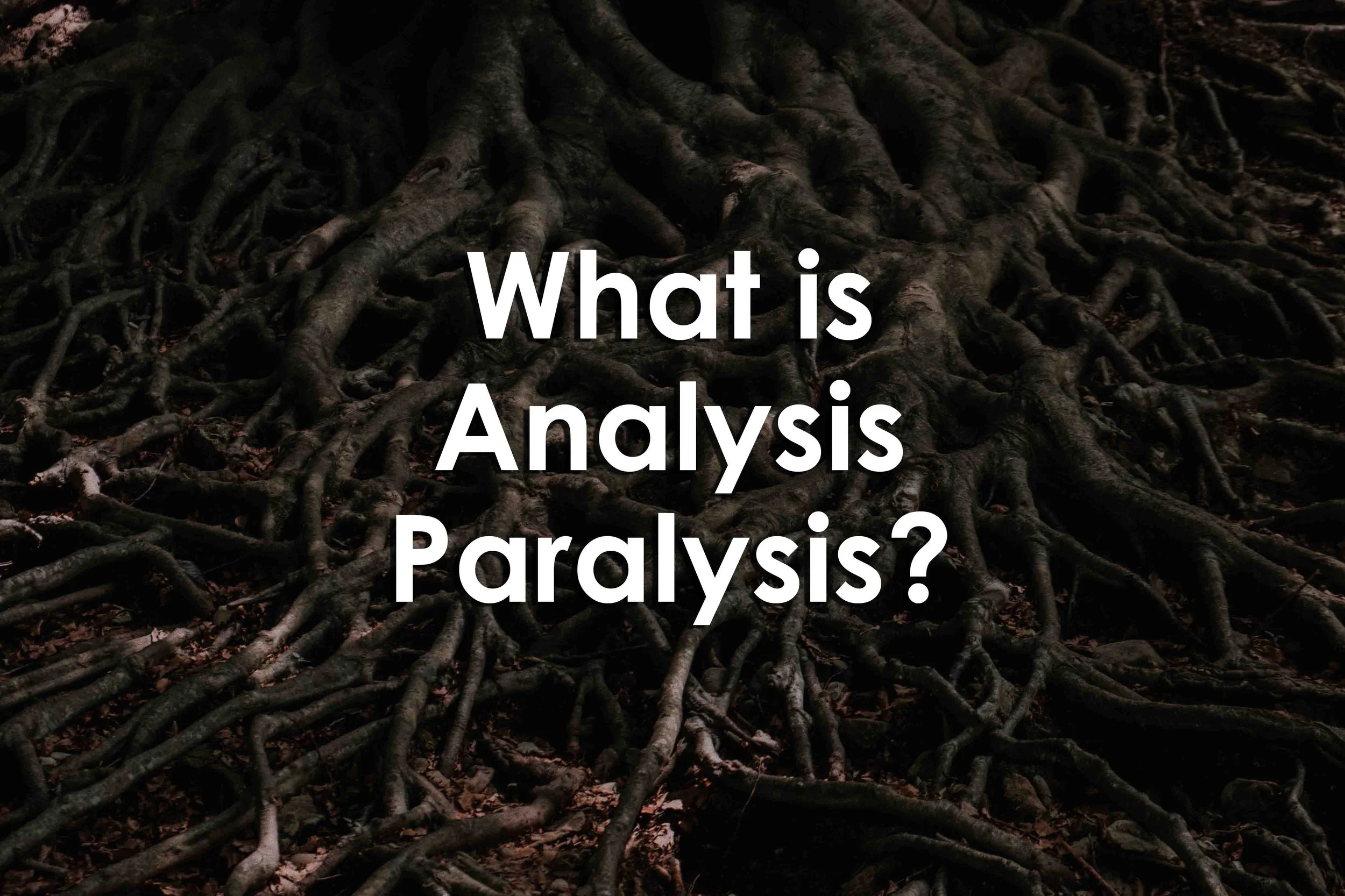
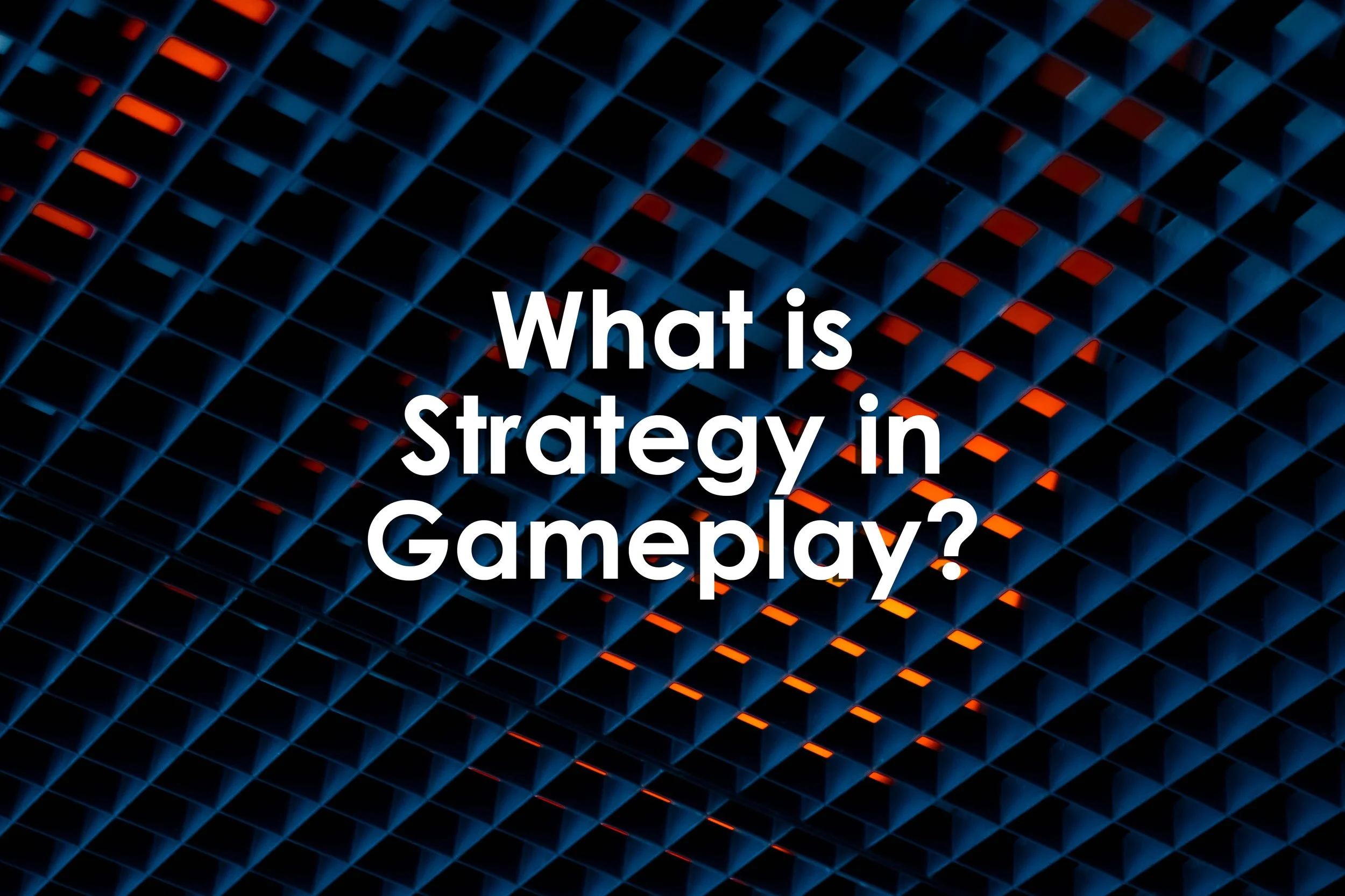



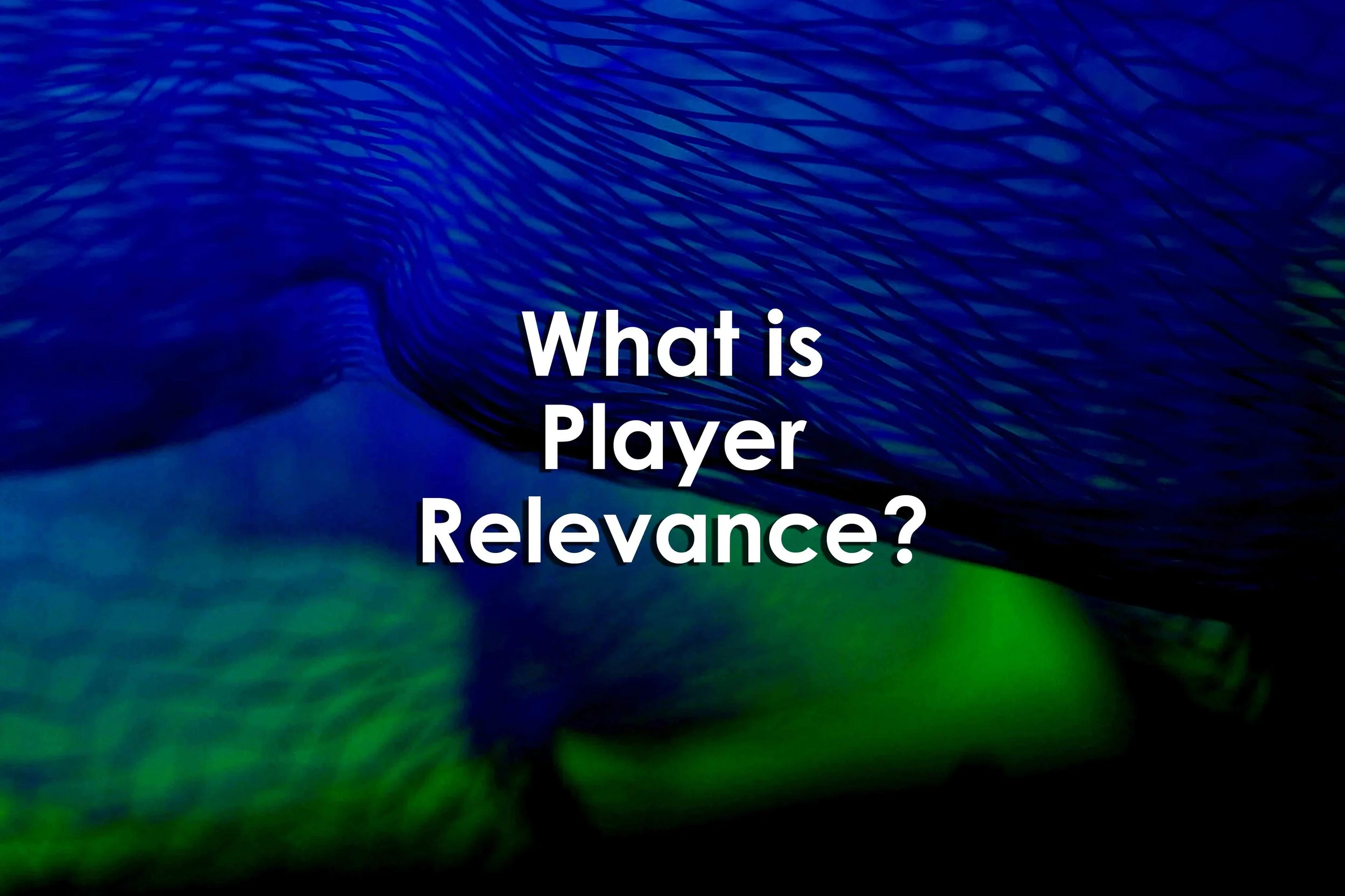








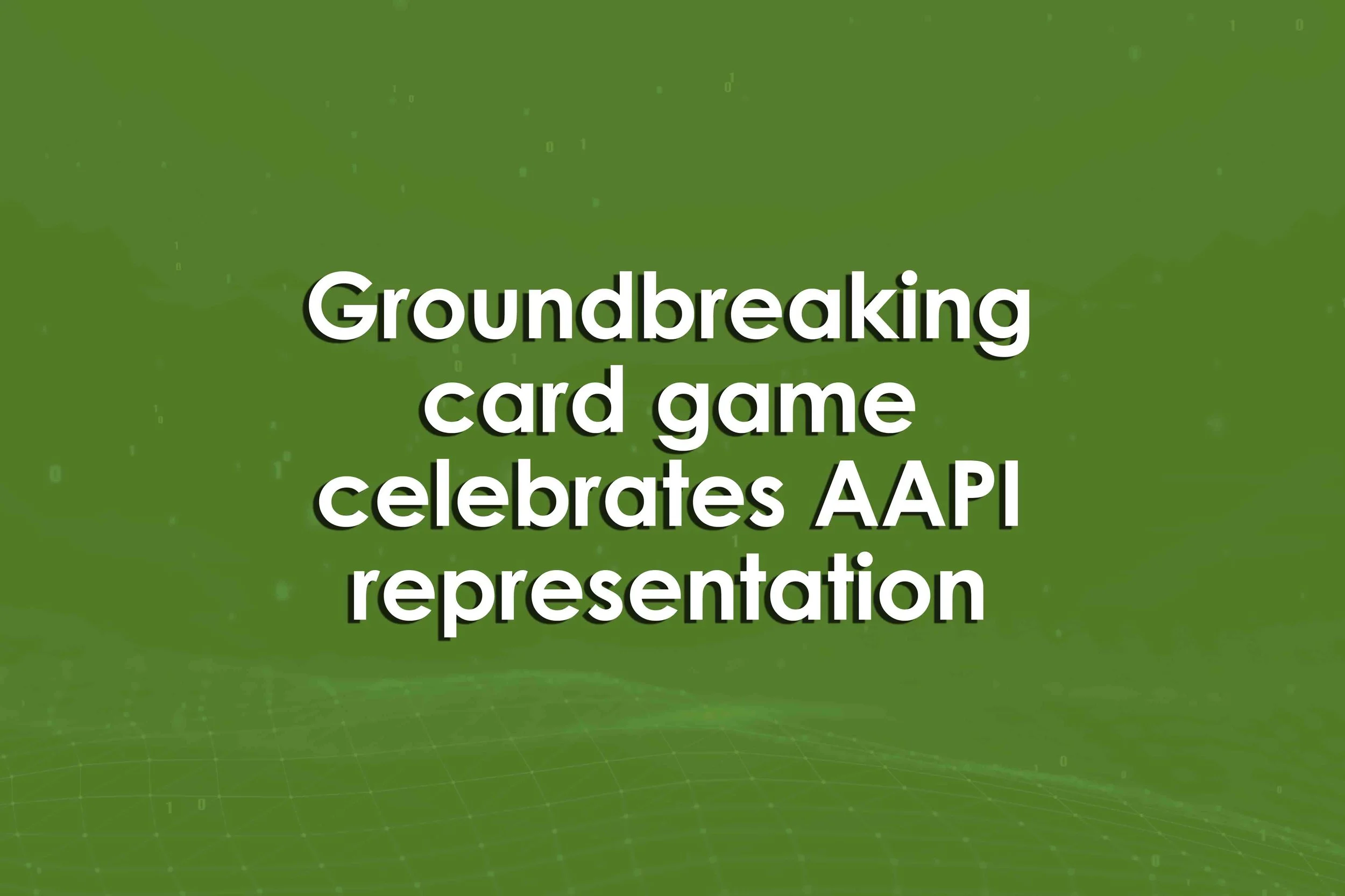

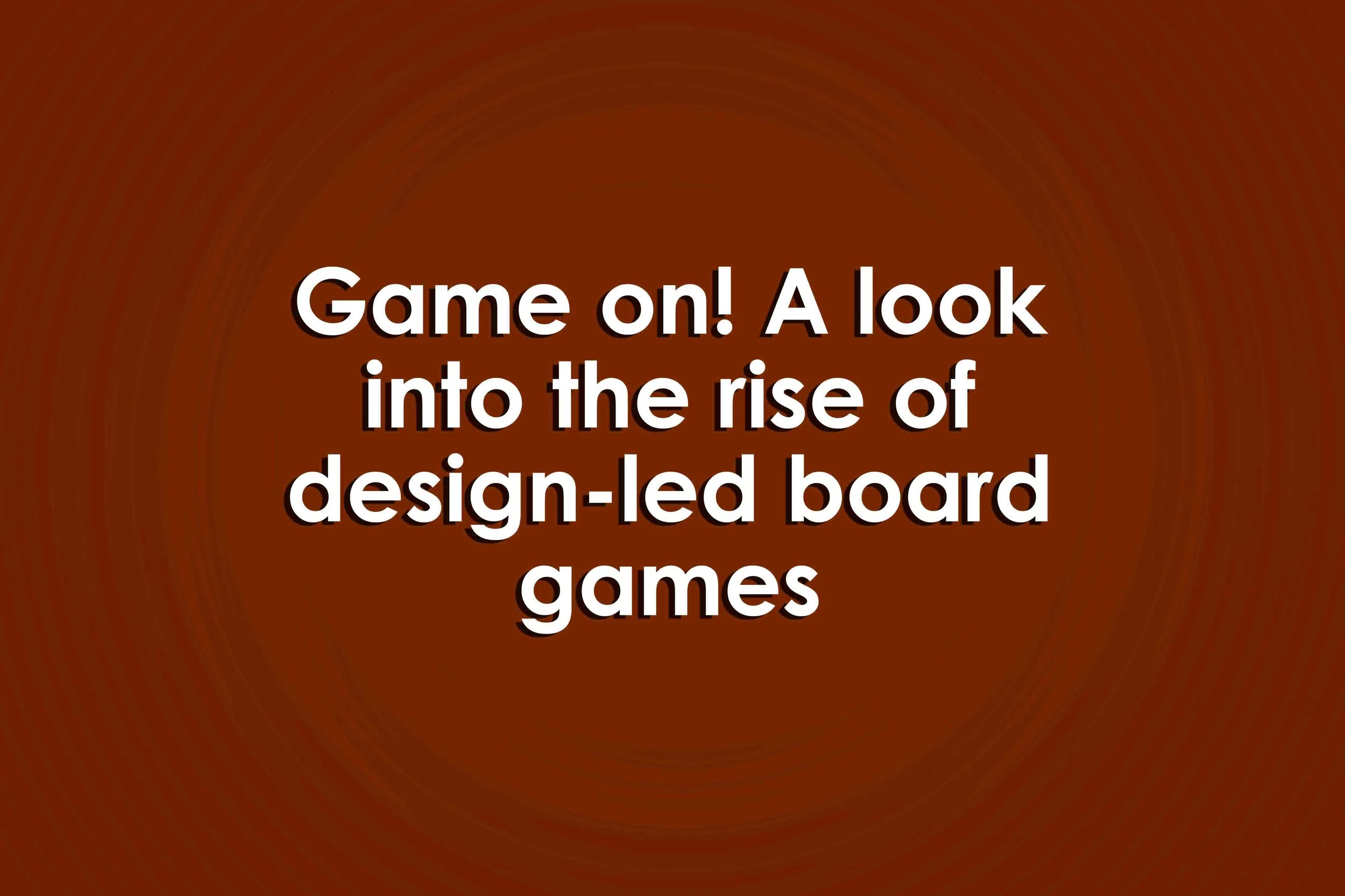


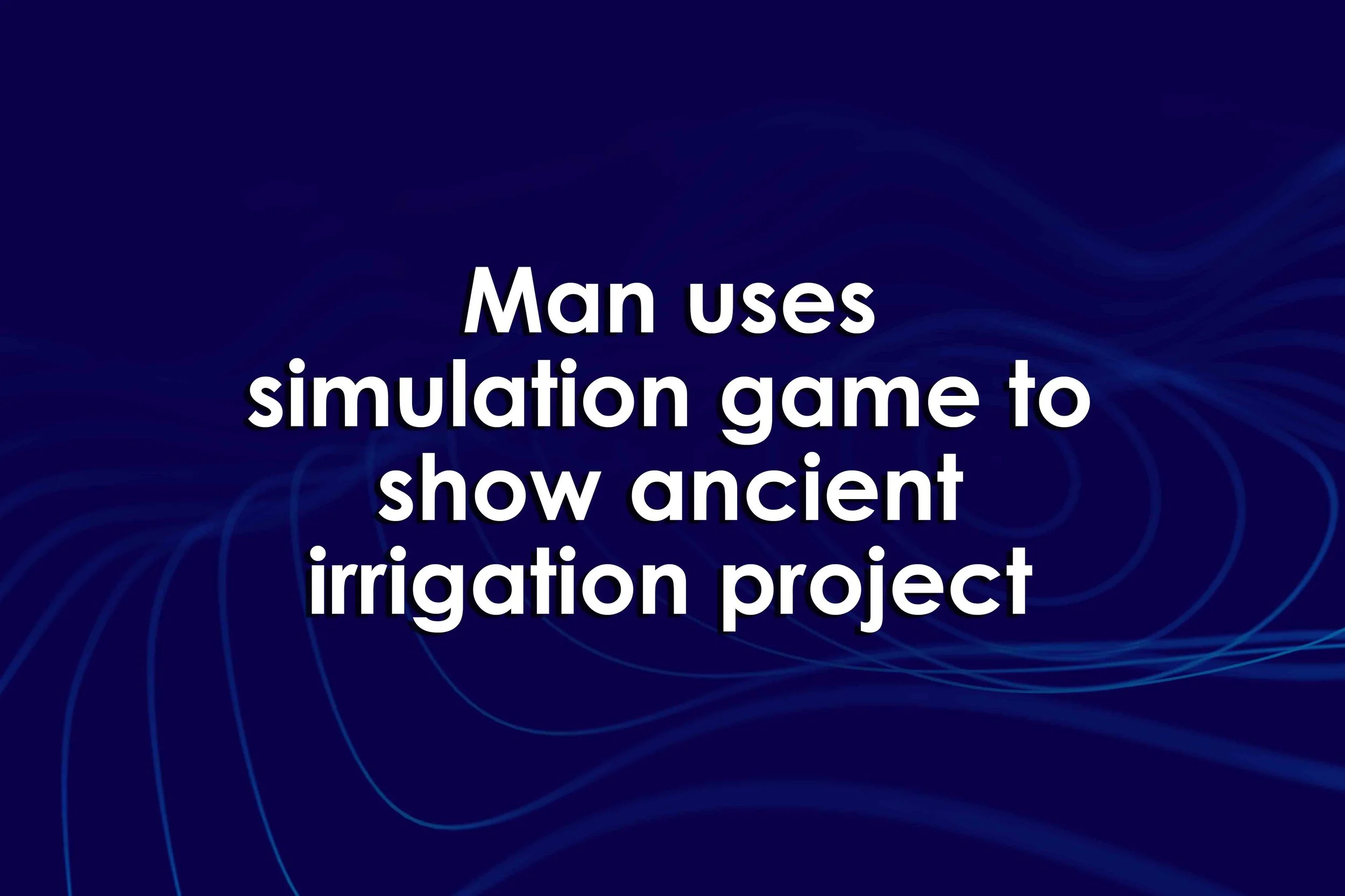












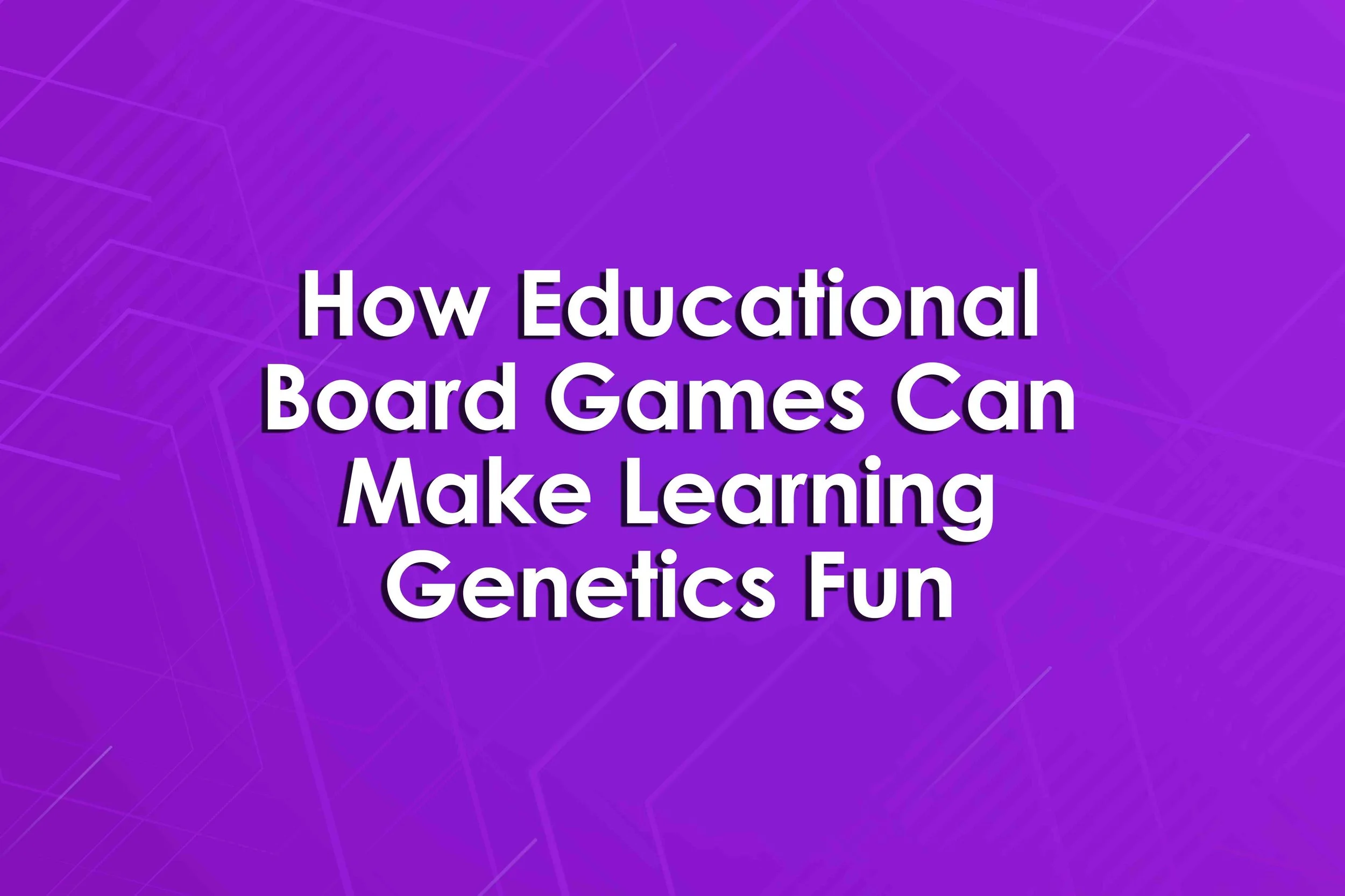















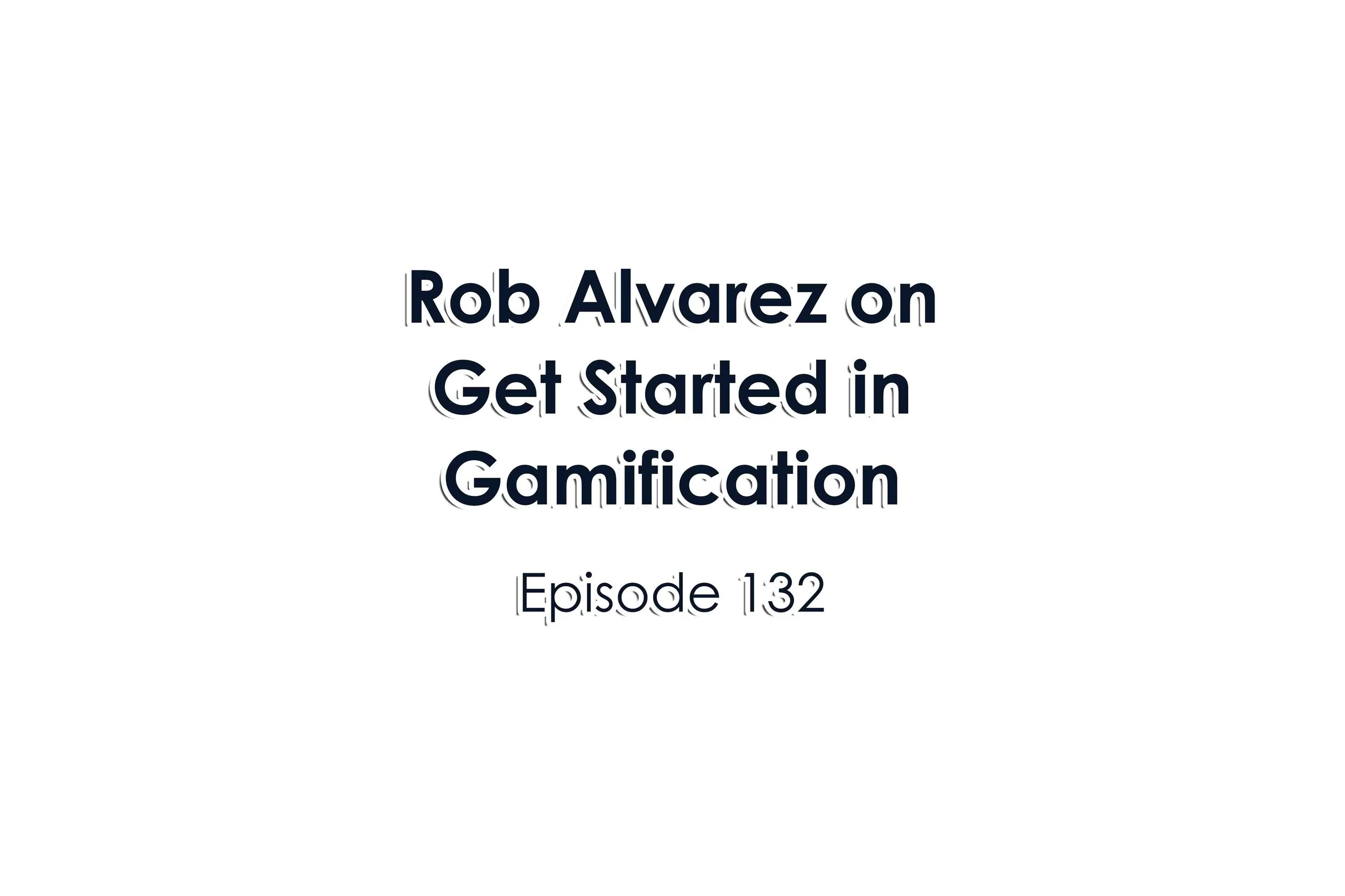









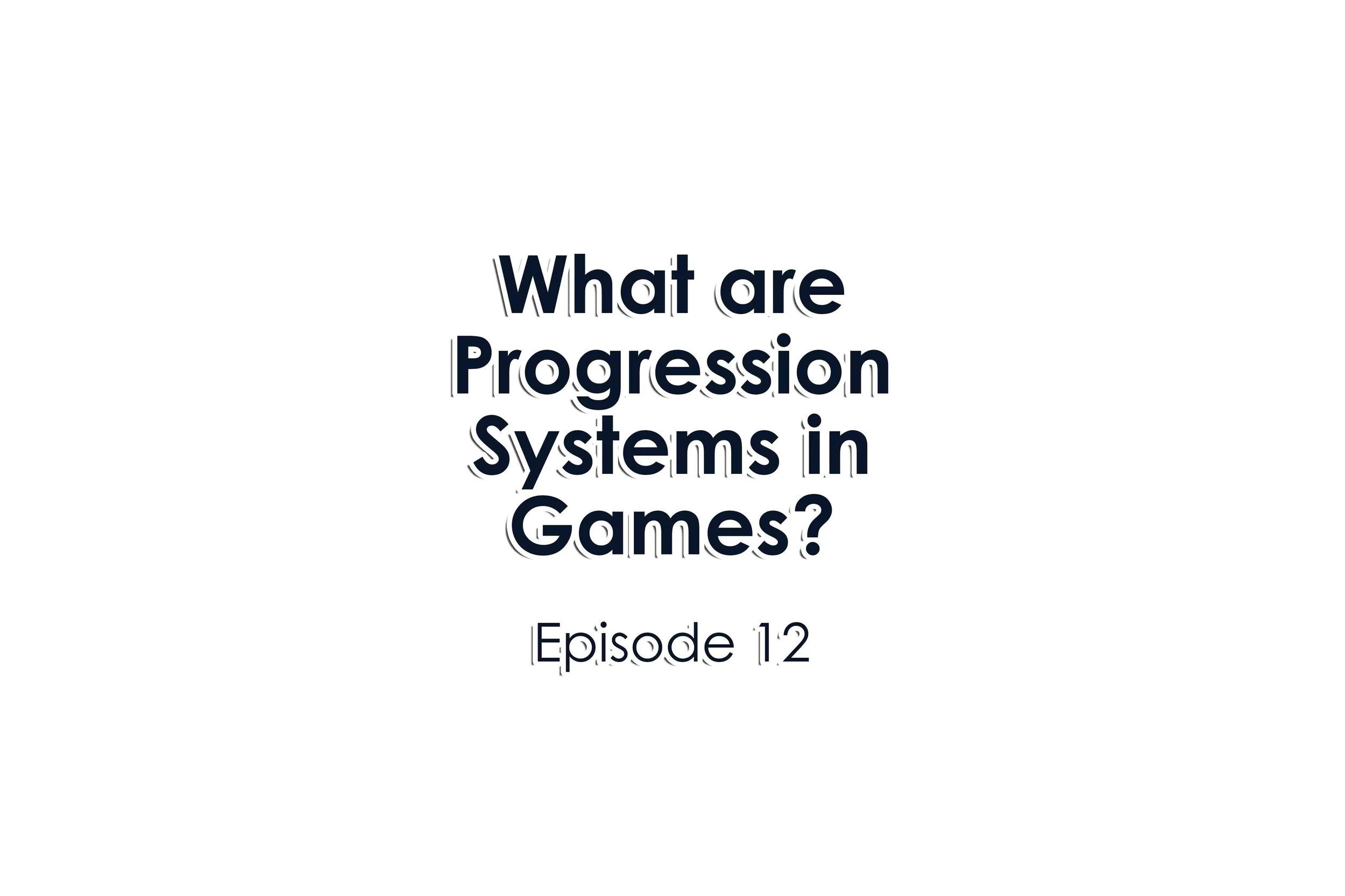








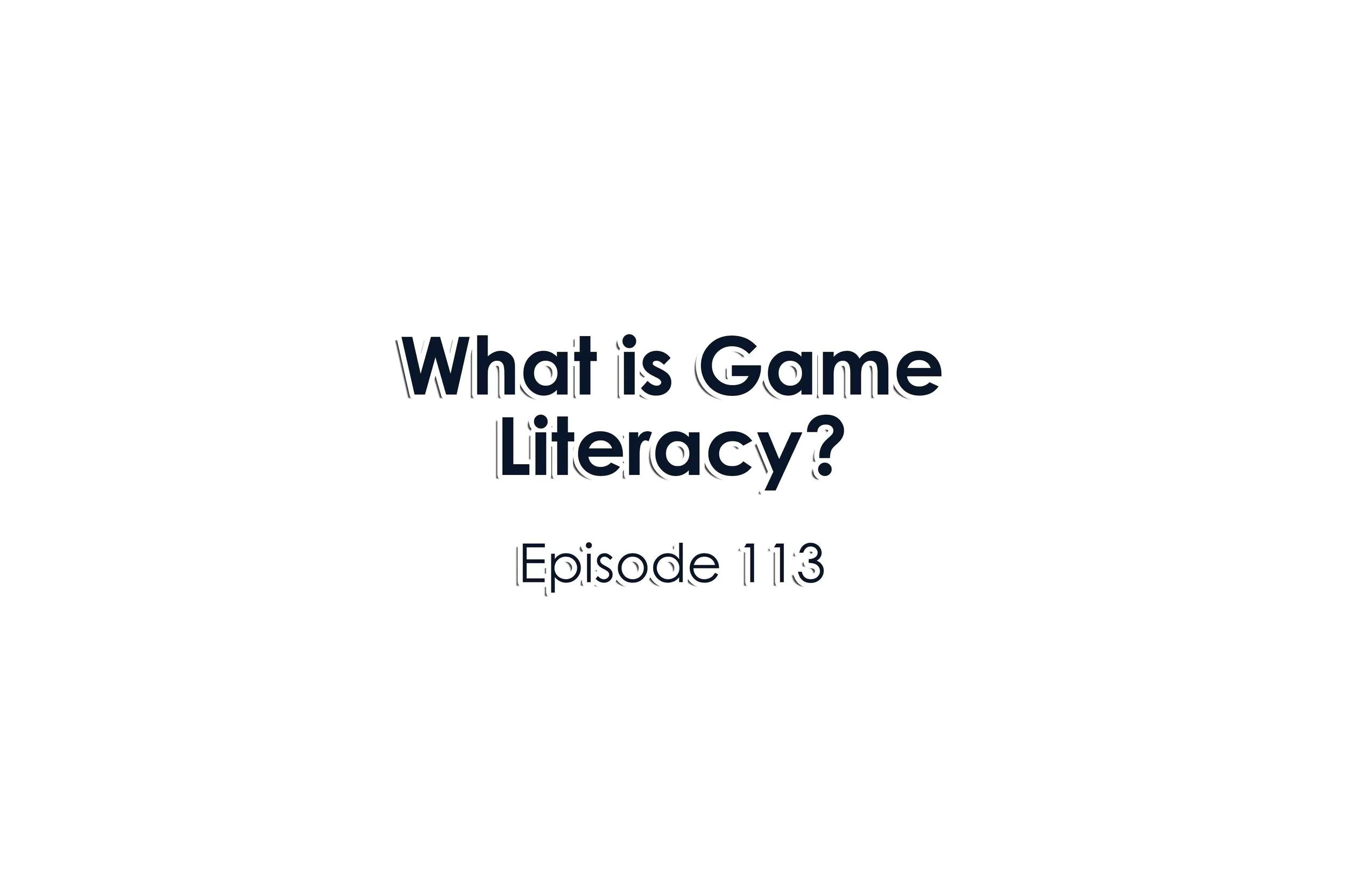













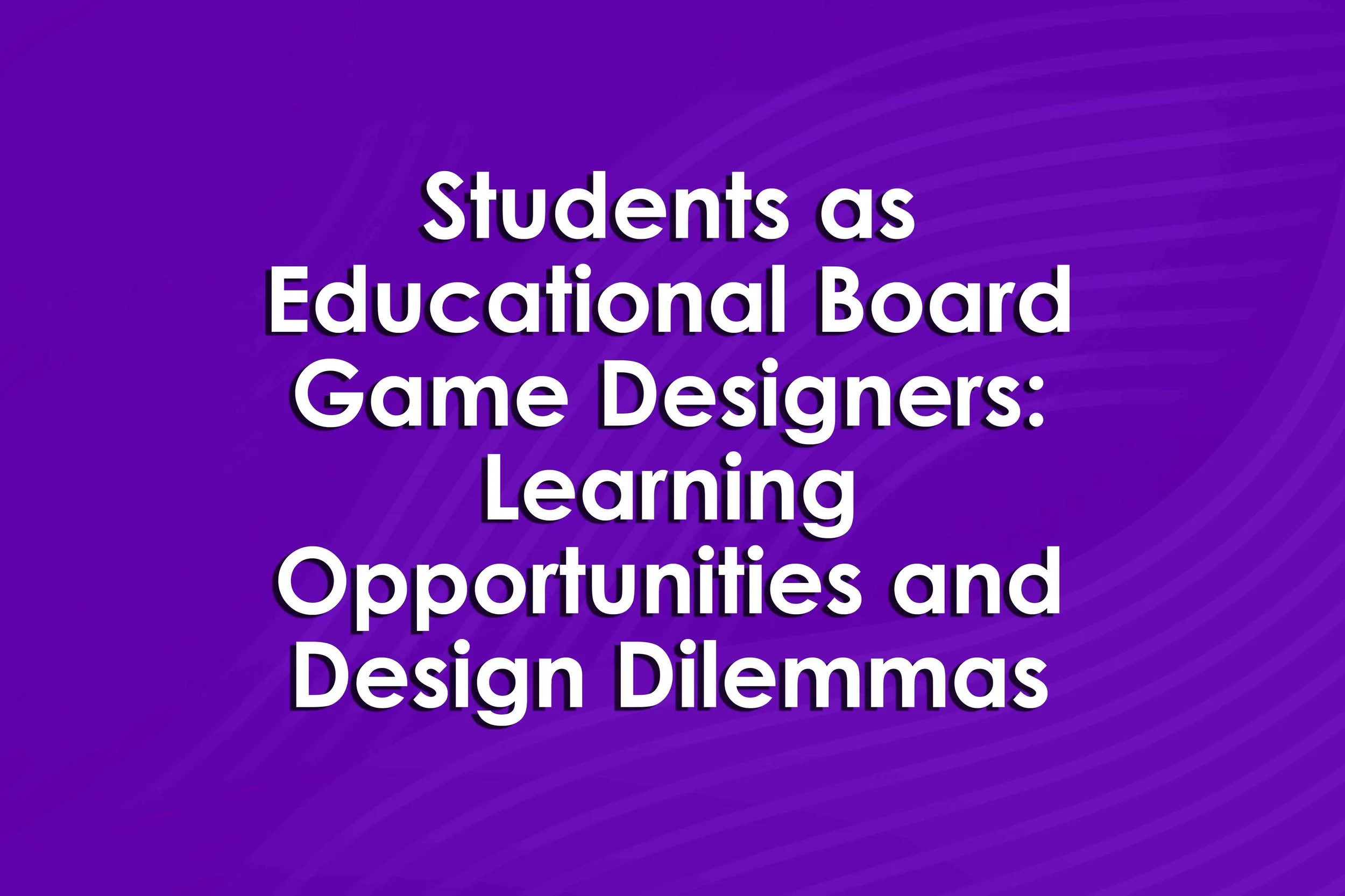


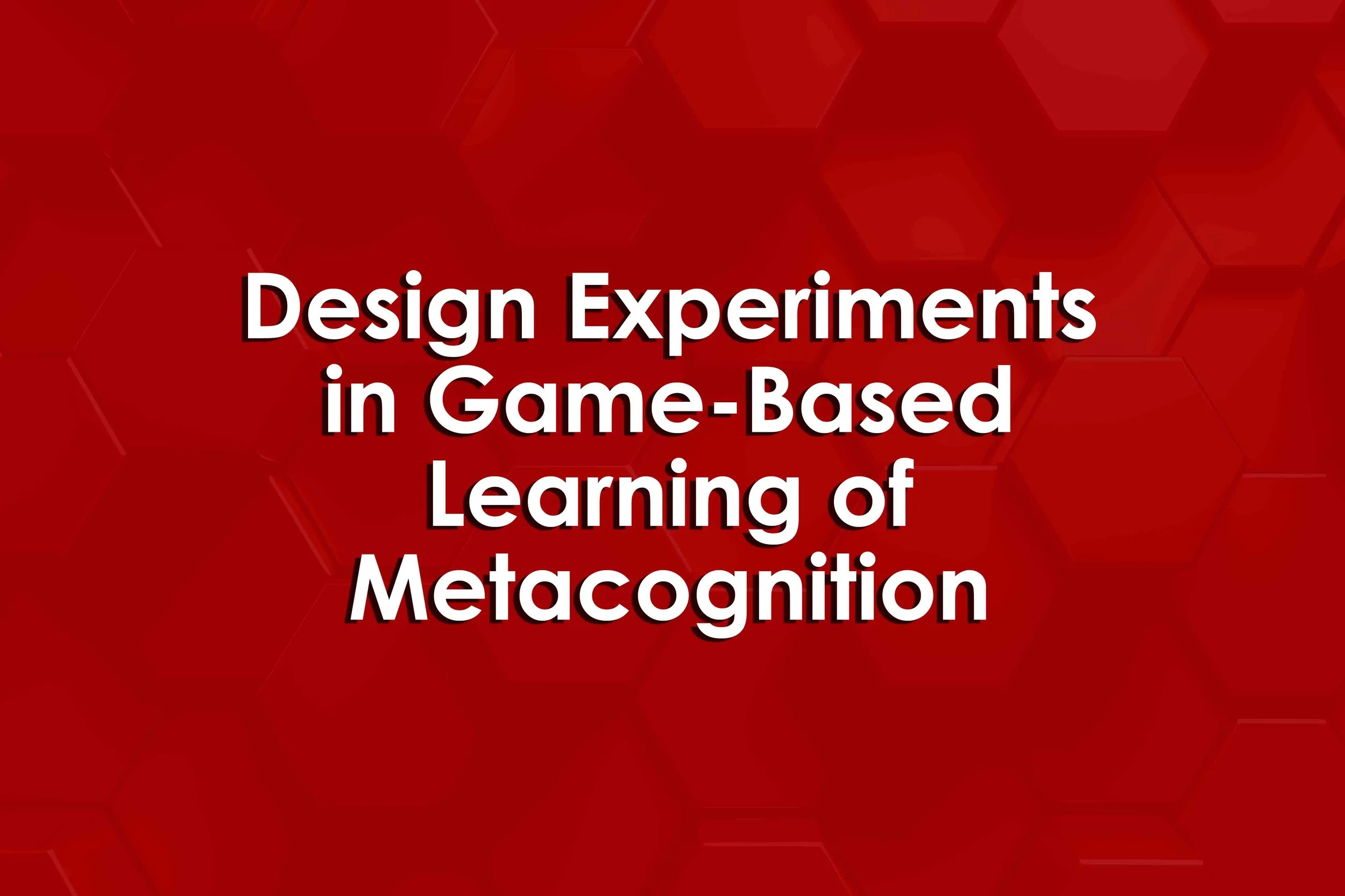

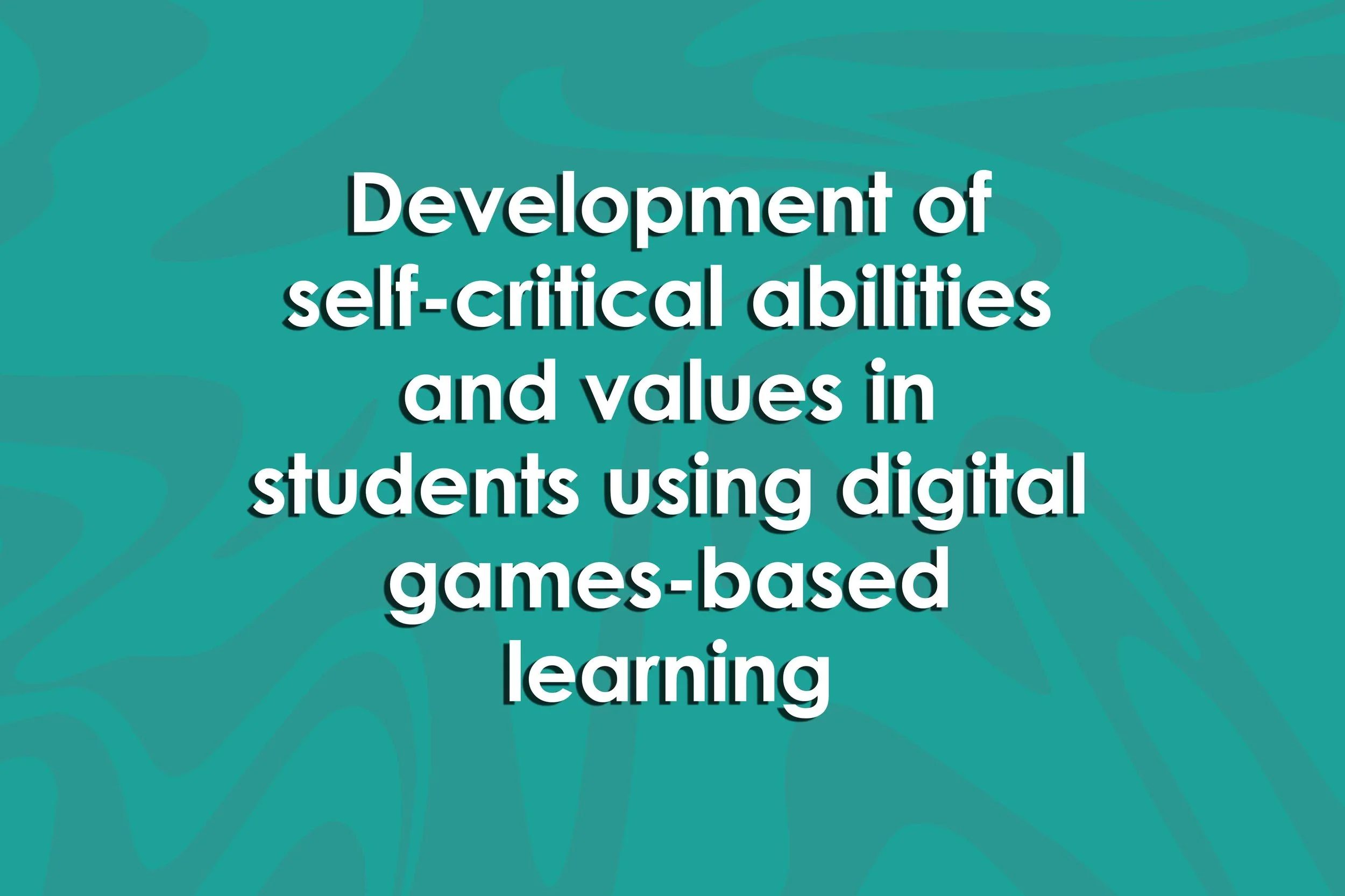


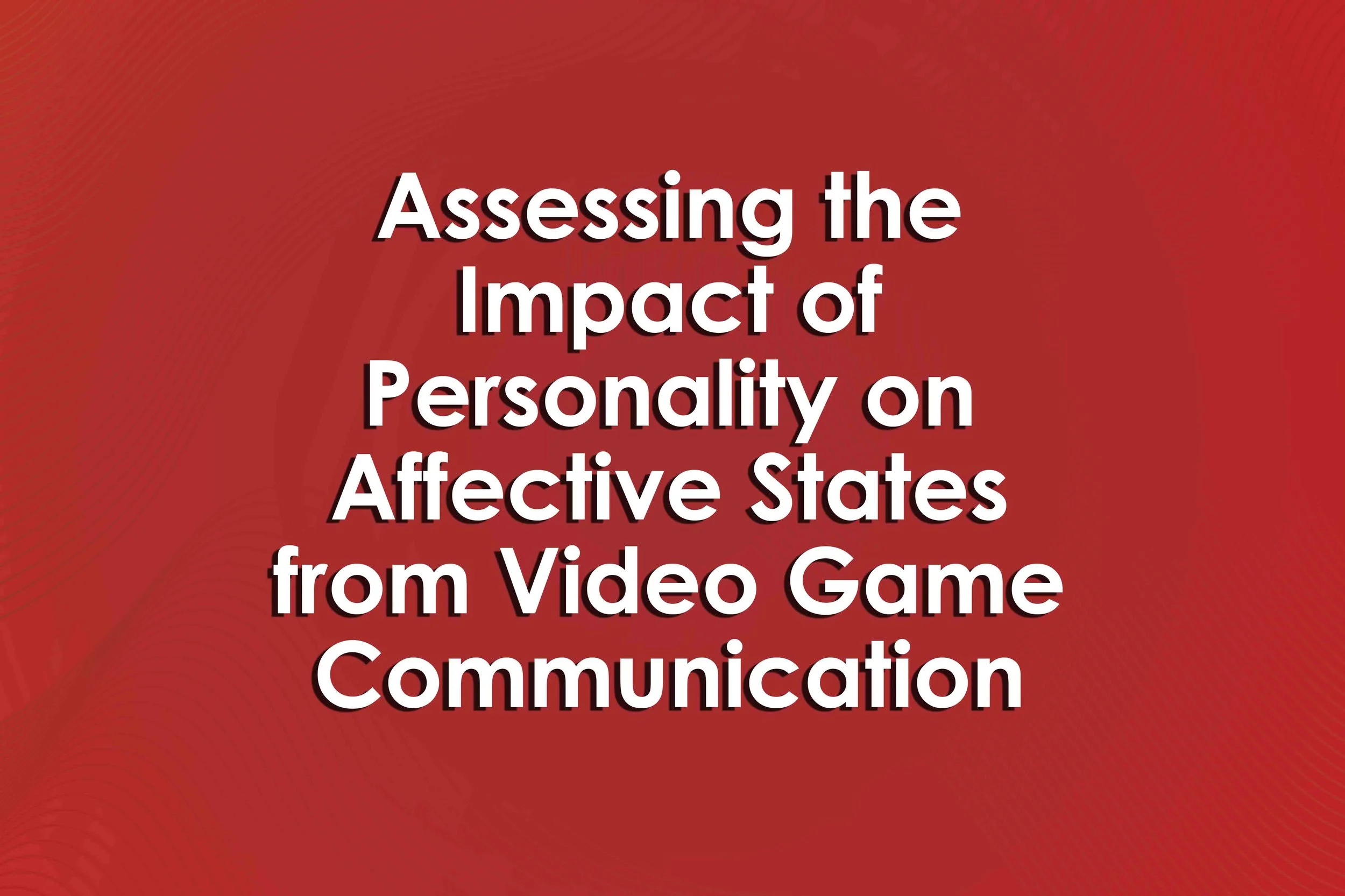
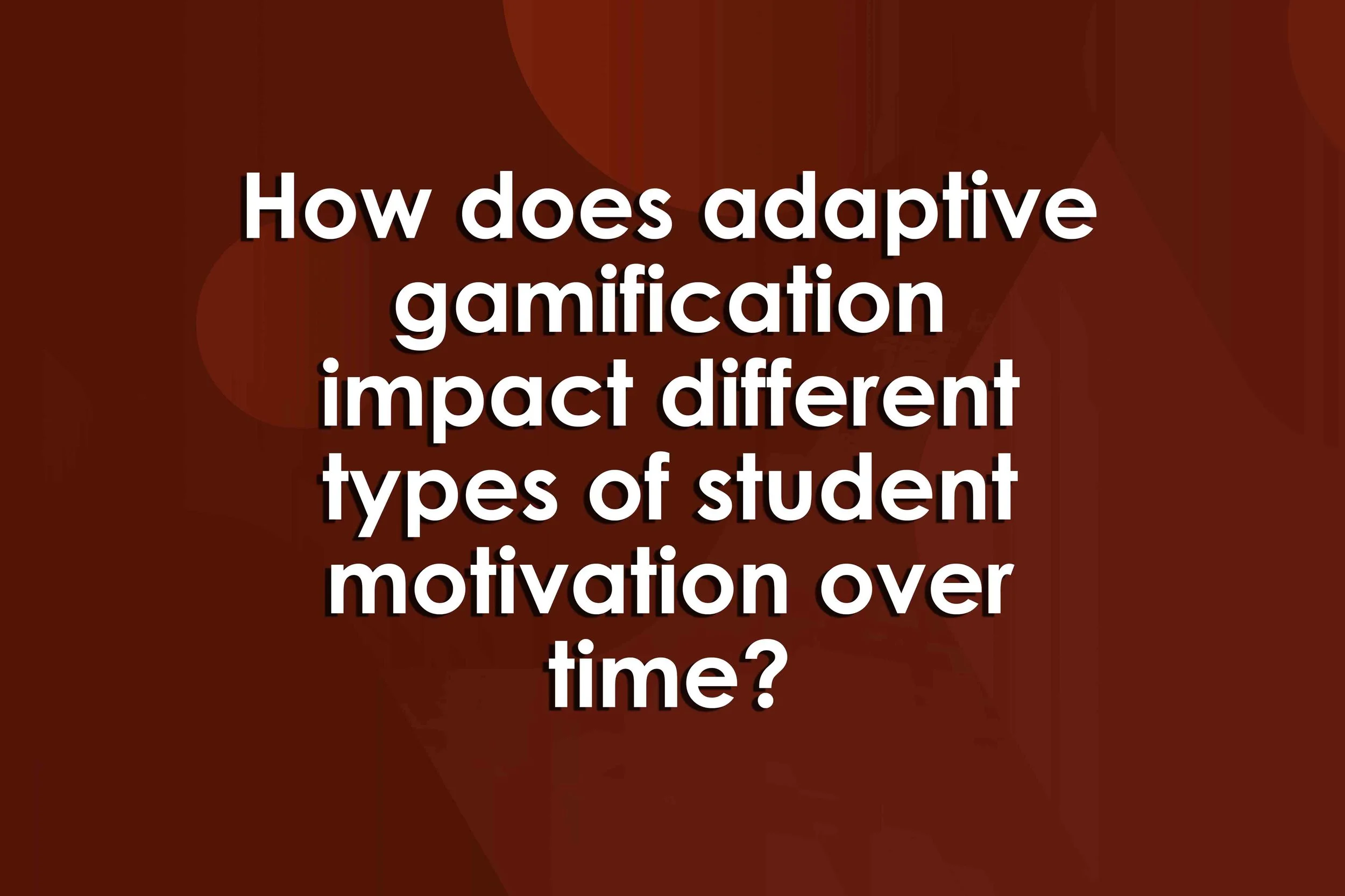






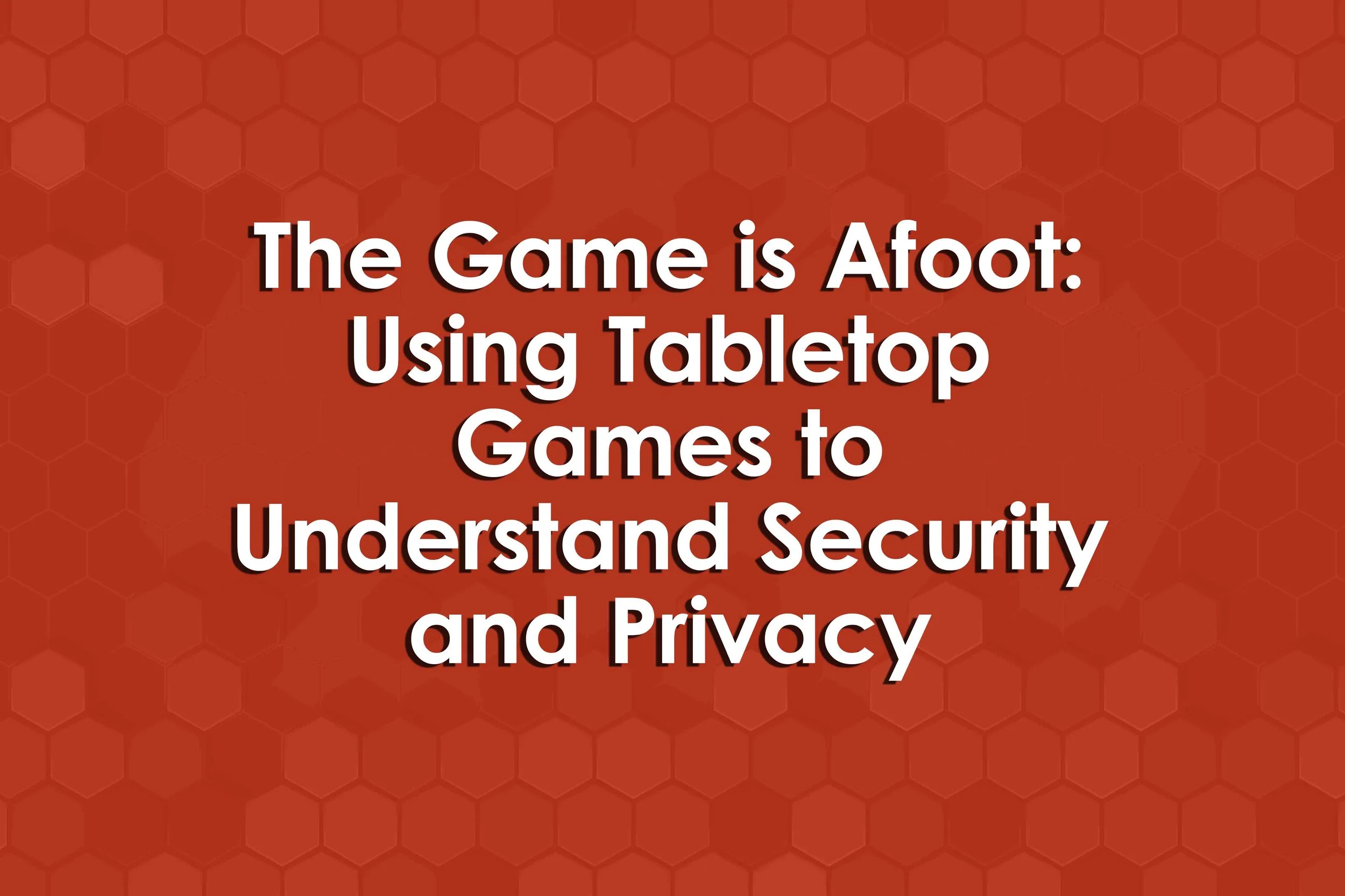

This article will examine the concept of “hostile players” in games. Hostility will be analyzed through four different lenses including cynicism, antagonism, griefing, and toxicity in gameplay.